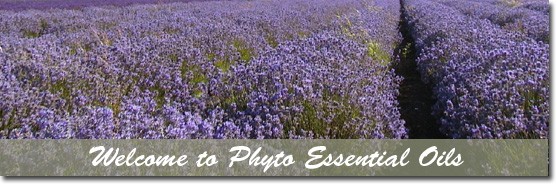Products
Base Products
Conditioner Base
Blends
Massage blends for aches & pains
Migraine and Headache Relief
Luxury Bath Oil
Carrier Oils
All Carrier Oils
Containers
Lightweight white plastic jars
Creams, Lotions & Gels
Creams and Gels
Hand and Body lotion
Essential Oils
Aromatherapy
Fragrances
New
Hydrosol-based products
Skin Spritzers
Linen Waters
Hydrosols
Organic Fragrant Waters
Shampoos and Conditioners
Shampoos with Conditioners Speci
Conditioners
Shampoos
Shower and Bath Gel
PRICE REDUCTION
Specials
Essential Oil Burners
Useful Information
About ParabensNewsletter
Newsletter 2
The Lavender Story
Part 1 - An introduction to my research and this storyPart 2 - How scientists divide, name and classify life-forms
An introduction from Dr Jane Collins
I would like to welcome all of our old friends & clients and new customers to this website.
Please bear in mind I am constucting this site at the moment and I hope it will be informative, interactive and exciting. I will offer all of my knowledge on essential oils and essential oil sciences on this site for your information. Any questions ? Just email me.
I have met so many of you over the last 15 years and have been privileged to do to. I have visited many colleges, universities, hospitals, hospices and groups over the time and have enjoyed meeting so many people dedicated to Complementary Healthcare.
As an arable farmer, when I was driving tractors (I started to drive tractors aged 11, when my feet could touch the pedals) if I had been told I would be a Doctor of Science I would just have laughed. I undertook my qualifications, HND, BSc, MSc, PhD as a mature student and became bitten by academic life. I turned the essential oil sciences research and development in the UK towards new essential oil crops for UK farmers in 1990 after visiting an essential oil farm in Slovakia. In 1990, aromatherapy was just being introduced as a complementary therapy in the UK and was not really taken seriously. I did take it seriously and today, in 2011, Aromatherapy is firmly in the UK National Health Service which is exactly where it should be. My opinion is that it should be in every GPs surgery, on prescription, in every hospital and hospice. Over the last 20 years I have witnessed so many healthcare successes with Aromatherapy (and other complementary healthcare) for which there is no solution with synthetic medicines.
This site will cover all of the topics and subjects you may need for your course in Aromatherapy/Complementary Therapies or just for your information. Bear in mind that knowledge gives confidence. We market over 70 essential oils so there is so much to know and to learn about their specific medicinal and therapeutic properties.
The first question to ask is why essential oils have these properties in the first place. Why, during evolution over millions of years, did some plants make a chemical which today we call "essential oil"? In other words, there are hundreds of thousands of plants on the Earth and they are all different. Think about it. Look in your garden or local park. You will see trees, shrubs (eg lavender, rosemary) and other plants we may call "weeds". Now, when we look at some of these plants under the microscope, we see that they are covered with bubbles which we call "trichomes". These may occur on leaves, flowers, roots or seeds, and I will describe them in more detail in my science notes.
The bubbles (trichomes) are filled with a chemical. We call it "essential oil", because it contains the essence of the plant, but why is it produced? One major problem that a plant has is that it is rooted into the ground, so it cannot move if a predator becomes interested in it as a potential meal or as a place to lay eggs. The predator could be an animal or an insect or a fungus. Every life-form is attacked by another life-form. The plant does not want to be eaten or to be colonised, so it creates a strategy to defend itself by making a chemical and placing that chemical in trichomes in leaves, flowers, roots, stems, seeds or rhizomes (roots which go over the ground, like peppermint). These chemicals are repulsive to the predator so it will move on without attacking the plant. How clever is that? More importantly, how powerful is an essential oil?
Some plants use the essential oil for other benefits. A good example is lavender which "calls" to a bee a few miles away to come and help it distribute its pollen. In exchange, the lavender plant will give the bee nectar for honey. How clever is that ?
And just how powerful does an essential oil have to be to deter a predator ? This secret and complicated interaction between plants and other life-forms is called "allelopathy" and is something we can never know about really. But I love observing plants and the insects which visit them and the strategies the plants have for maintaining life.
Our job is to harness these oils for their medicinal and therapeutic properties for healthcare. Some have been used for thousands of years for their wonderful perfume (rose, jasmine) and others for their many beneficial properties. I always think of peppermint essential oil which, in my opinion, is very under-rated. I have it in my vehicle and in my briefcase at all times and a quick sniff keeps me alert when driving or helps clear a blocked nose
I will write more about this over the next few weeks. Peppermint is traded globally like coffee and is in many products. Start in the bathroom, mint is in toothpaste, mouthwash and is used for oral healthcare. It is also in confectionary (Polo mints) and chewing gum. I have a big pot outside the back door and after rain, the aroma is just delightful.
Dr Jane Collins

